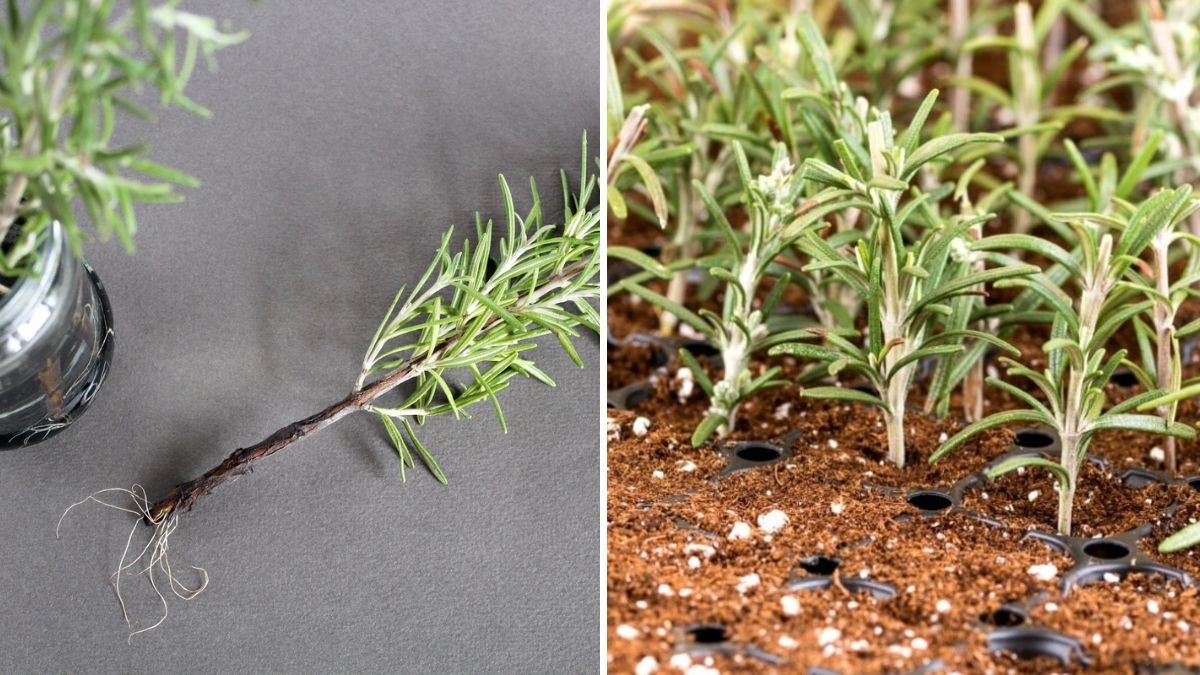Rosemary (Rosmarinus officinalis) is a fragrant, hardy herb cherished in kitchens worldwide for its robust flavor, aromatic oils, and health benefits. Beyond culinary uses, rosemary is also prized for its ornamental value, drought tolerance, and natural pest-repelling qualities. One of the best ways to ensure a continuous supply of this versatile herb is through propagation. Propagating rosemary allows gardeners to grow new plants from cuttings, divisions, or seeds, creating a self-sustaining herb supply. This article provides a comprehensive guide on how to propagate rosemary effectively, covering methods, timing, care, and expert tips.
Why Propagate Rosemary?
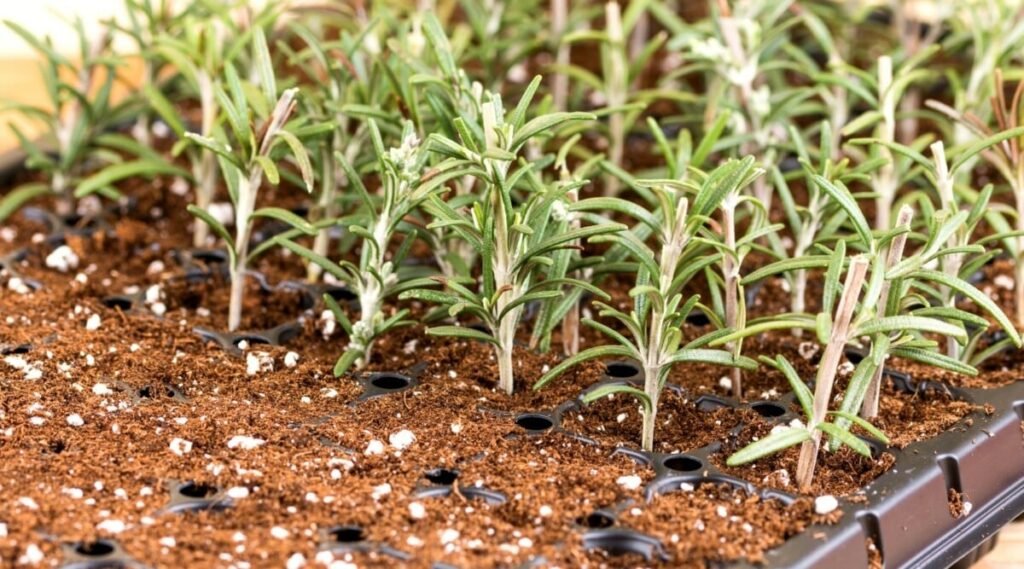
Before diving into propagation methods, it’s important to understand the benefits of propagating rosemary:
- Continuous Supply
- Ensure a steady supply of fresh rosemary without purchasing plants repeatedly.
- Cost-Effective
- Propagating from cuttings or existing plants reduces the cost of buying new herb plants.
- Preserve Desired Traits
- Propagation from healthy, mature plants preserves flavor, aroma, and growth characteristics.
- Expand Your Garden
- Easily grow rosemary in containers, garden beds, or indoor herb gardens.
Best Time to Propagate Rosemary
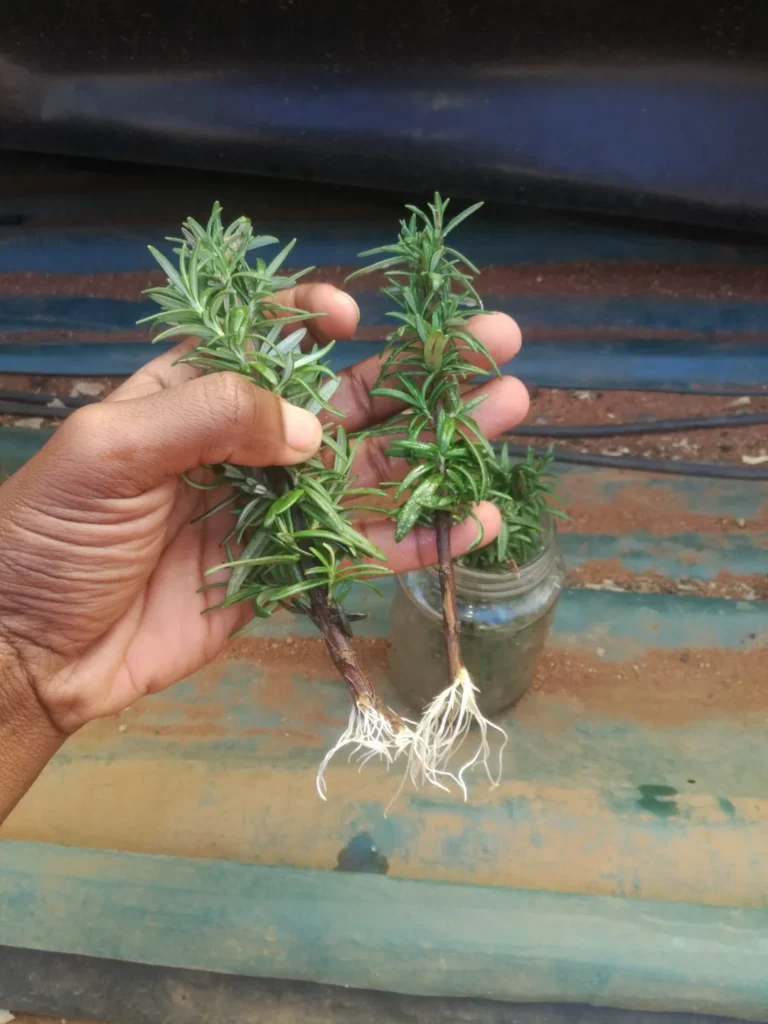
Timing is key to successful propagation:
- Spring and Early Summer
- The ideal season for propagation when plants are actively growing.
- Warmer temperatures and longer days stimulate root formation.
- Avoid Winter
- Rosemary is woody and dormant in winter, making cuttings slow to root.
- Low light and cold temperatures reduce propagation success.
Propagation Methods
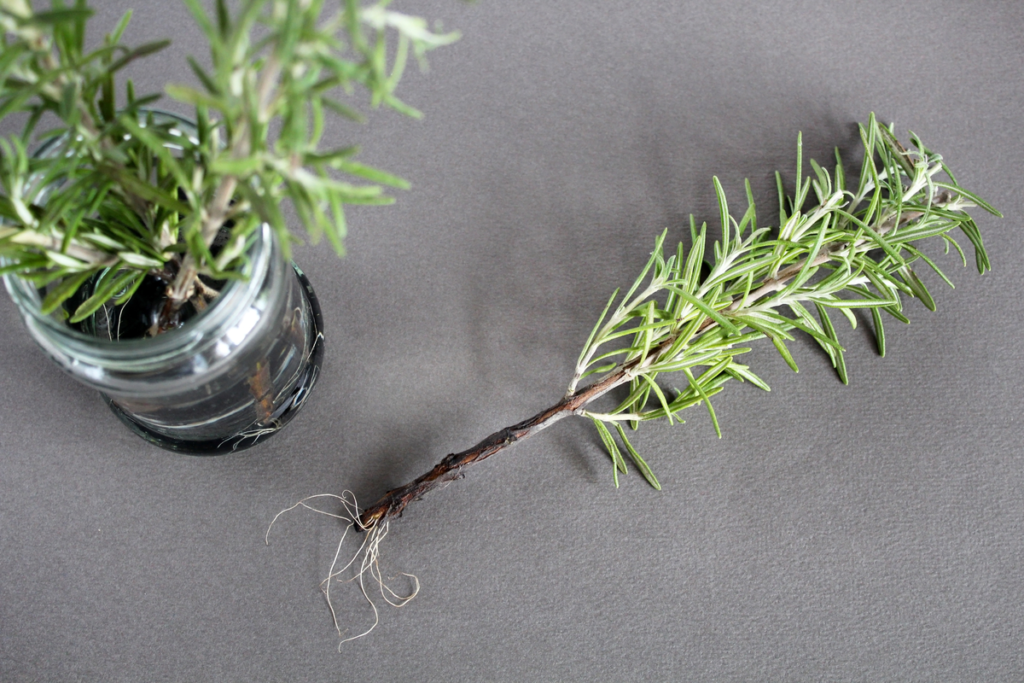
There are three primary methods for propagating rosemary: cuttings, layering, and seeds. Each method has its advantages and specific requirements.
1. Propagation by Cuttings (Most Popular Method)
Cuttings are the fastest and most reliable way to propagate rosemary:
Steps:
- Select Healthy Stems
- Choose 4–6 inch semi-hardwood stems from a mature rosemary plant.
- Avoid flowering stems, which focus energy on blooms rather than roots.
- Prepare the Cuttings
- Strip leaves from the lower 2 inches of the stem.
- Optional: Dip the cut end in rooting hormone to encourage root development.
- Planting Medium
- Use a well-draining mix such as 50% perlite and 50% peat moss, or a commercial seed-starting mix.
- Fill a small pot or tray with the medium and moisten lightly.
- Insert the Cuttings
- Insert the stripped end about 1–2 inches deep into the soil.
- Firm the soil gently around the base.
- Provide Proper Conditions
- Place cuttings in bright, indirect light.
- Maintain humidity by covering the pot with a plastic bag or placing it in a propagation dome.
- Keep the medium moist but not waterlogged.
- Rooting Time
- Roots typically develop in 2–4 weeks.
- Gently tug on the cutting to test for resistance, indicating root formation.
- Transplanting
- Once roots are established, transplant into larger pots or directly into the garden.
Expert Tip: Cuttings taken in the morning after dew dries are more likely to root successfully, as the plant is hydrated but not waterlogged.
2. Propagation by Layering
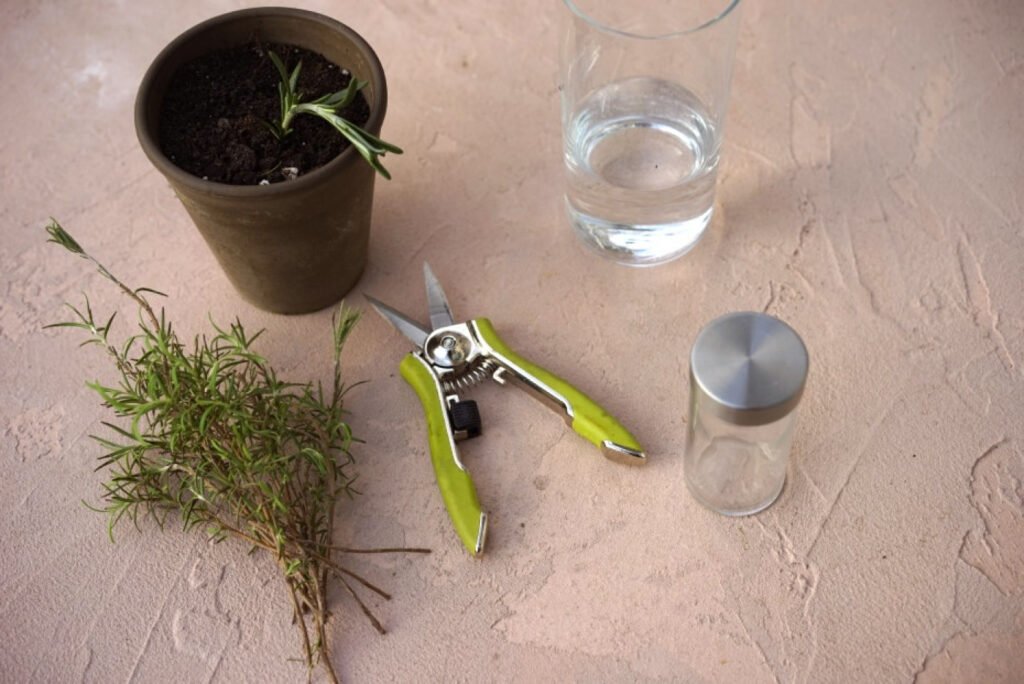
Layering allows a stem to root while still attached to the parent plant:
Steps:
- Select a Low-Growing Stem
- Choose a flexible, healthy branch near the base of the plant.
- Wound the Stem
- Slightly scrape the underside of the stem where it will touch the soil to stimulate root growth.
- Bury the Stem
- Bend the stem to the soil surface and cover the wounded section with soil, leaving the tip exposed.
- Secure with a U-shaped pin or small rock.
- Maintain Moisture
- Keep the soil around the stem damp.
- Roots typically form in 6–8 weeks.
- Separate and Transplant
- Once roots are established, cut the new plant from the parent and transplant to its desired location.
Expert Tip: Layering is especially effective for older, woody rosemary plants that are difficult to root from cuttings.
3. Propagation from Seeds
While less common, propagation from seeds is an option:
- Seed Selection
- Use fresh, high-quality rosemary seeds from a trusted source.
- Sowing
- Fill seed trays with a well-draining seed-starting mix.
- Sow seeds on the surface and lightly press them into the soil; do not cover completely.
- Germination Conditions
- Maintain temperatures around 65–70°F (18–21°C).
- Keep the medium moist and provide bright, indirect light.
- Germination Time
- Seeds are slow to germinate, often taking 2–3 weeks or longer.
- Transplanting Seedlings
- Once seedlings are large enough to handle and have developed 2–3 sets of true leaves, transplant into pots or garden beds.
Expert Tip: Propagating from seeds is rewarding but less reliable than cuttings due to variable germination rates and slower growth.
Caring for Newly Propagated Rosemary
Proper care is crucial to ensure young plants thrive:
- Light Requirements
- Rosemary requires 6–8 hours of sunlight daily.
- For indoor plants, supplement with grow lights if necessary.
- Watering
- Keep the soil evenly moist for cuttings and seedlings.
- Avoid overwatering; rosemary prefers slightly dry soil once established.
- Soil and Drainage
- Use well-draining soil to prevent root rot.
- Containers should have drainage holes and be elevated slightly to allow excess water to escape.
- Fertilization
- Young plants benefit from diluted, balanced liquid fertilizer once or twice a month.
- Avoid over-fertilizing, which can reduce aromatic oils and flavor.
Common Problems in Propagation and How to Avoid Them
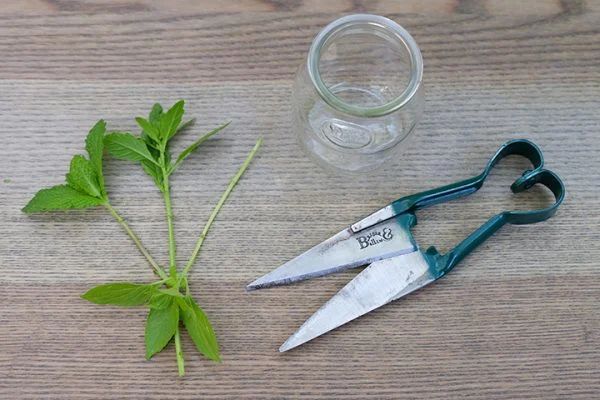
- Cuttings Failing to Root
- Cause: Overwatering or insufficient humidity.
- Solution: Maintain bright, indirect light and moist—not soggy—soil; use rooting hormone.
- Leggy Growth
- Cause: Insufficient light.
- Solution: Provide at least 6 hours of sunlight or supplement with grow lights.
- Pests and Diseases
- Cause: Poor airflow or wet soil.
- Solution: Ensure proper spacing, ventilation, and avoid waterlogging.
Tips for Continuous Supply of Rosemary
- Regular Harvesting
- Prune young shoots for culinary use while promoting bushier growth.
- Multiple Propagation Techniques
- Use cuttings, layering, and seeds simultaneously to maintain a constant supply.
- Container Gardening
- Grow rosemary in pots for mobility and controlled conditions, especially in colder climates.
- Succession Planting
- Propagate new plants in intervals to ensure fresh, mature rosemary is always available.
- Preserve Aromatic Quality
- Avoid excessive nitrogen fertilization; moderate feeding maintains essential oils and flavor.
Conclusion
Propagating rosemary is a rewarding and practical way to ensure an endless supply of this aromatic herb for culinary, medicinal, and ornamental uses. By understanding the plant’s growth needs, selecting appropriate propagation methods—whether cuttings, layering, or seeds—and providing optimal care, gardeners can produce healthy, vigorous rosemary plants year-round. Regular harvesting, proper watering, sunlight exposure, and fertilization promote strong growth and preserve flavor. With patience, attention to detail, and consistent care, home gardeners can enjoy the satisfaction of nurturing rosemary plants from a single parent to a flourishing herb garden, creating a sustainable source of fresh, fragrant herbs for years to come.
